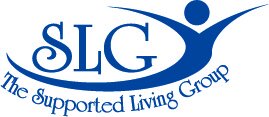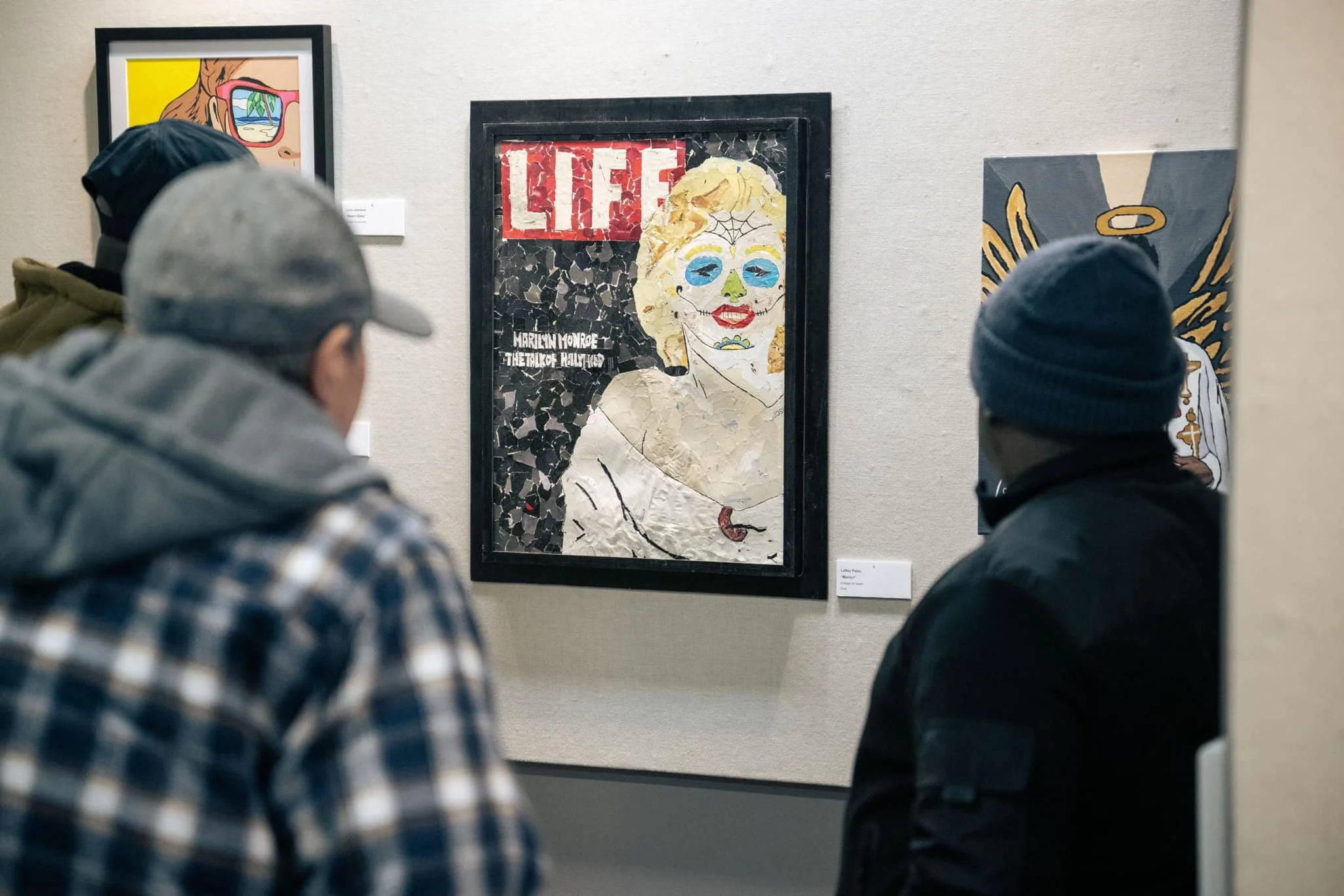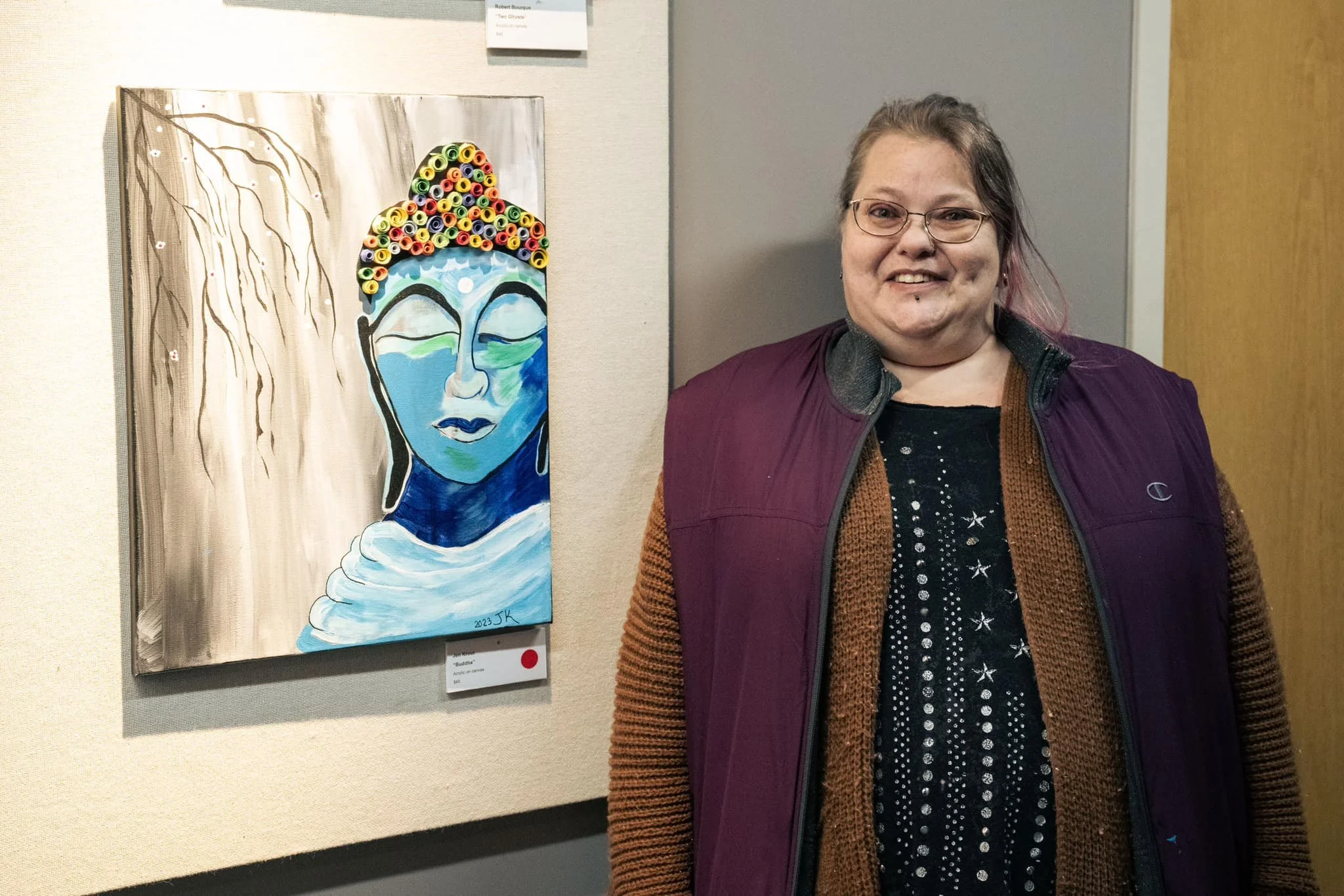Unveiling the Healing Canvas: The Benefits of Art-Based Vocational Programming for Brain Injury Survivors
Brain injury survivors often face unique challenges on their journey to recovery, requiring innovative approaches to rehabilitation. Among the diverse array of therapeutic interventions, art-based vocational programming stands out as a powerful tool for fostering cognitive, emotional, and vocational rehabilitation. In this blog post, we explore the transformative benefits of incorporating art-based vocational programming into the rehabilitation journey of brain injury survivors.
Cognitive Rehabilitation:
Art-based vocational programs engage survivors in activities that stimulate cognitive functions such as memory, attention, and problem-solving. The process of creating art requires individuals to plan, organize, and execute their ideas, promoting cognitive skills that may have been affected by their individualized brain injury. This not only aids in cognitive rehabilitation but also enhances the overall cognitive functioning of survivors.
Emotional Well-being:
Art has the extraordinary ability to serve as a form of self-expression and emotional release. Brain injury survivors may face challenges in verbal communication, making art an invaluable outlet for expressing emotions, thoughts, and experiences. Engaging in creative activities promotes a sense of accomplishment, boosts self-esteem, and provides a non-verbal channel for survivors to convey their feelings, reducing emotional distress and fostering emotional well-being.
Vocational Skill Development:
Art-based vocational programs go beyond therapeutic benefits, offering survivors an opportunity to develop valuable vocational skills. Participants learn various artistic techniques, time management, and organizational skills, mirroring real-world vocational demands. These programs can empower survivors to explore their artistic talents, potentially leading to new vocational avenues and increased self-sufficiency.
Social Integration:
The collaborative nature of art-based activities creates a conducive environment for social interaction and integration. Brain injury survivors often experience social isolation, and art programs provide a platform for building connections with peers who share similar challenges. The sense of community fosters mutual support, understanding, and camaraderie, contributing to the overall rehabilitation process.
Personal Growth and Identity:
Engaging in art-based vocational programs allows brain injury survivors to rediscover and redefine their sense of self. The creative process enables them to focus on abilities rather than disabilities, fostering personal growth and a renewed sense of identity. As survivors create unique pieces of art, they gain a tangible representation of their resilience and creativity, contributing to a positive self-image.
Conclusion:
Art-based vocational programming offered by The Supported Living Group has emerged as a beacon of hope and rehabilitation for brain injury survivors across Connecticut, offering a holistic approach to cognitive, emotional, and vocational recovery. By integrating creative expression into the rehabilitation journey, survivors have been provided with opportunities to unlock new avenues for personal growth, social integration, and vocational success. As we continue to explore innovative approaches to brain injury rehabilitation, the transformative power of art-based vocational programs shines brightly, painting a path toward a brighter and more fulfilling future for survivors associated with Connecticut’s ABI Waiver Program.
To learn more about SLG’s array of community-based brain injury support services throughout Connecticut email info@slg-ct.com or call (860) 774-3400



